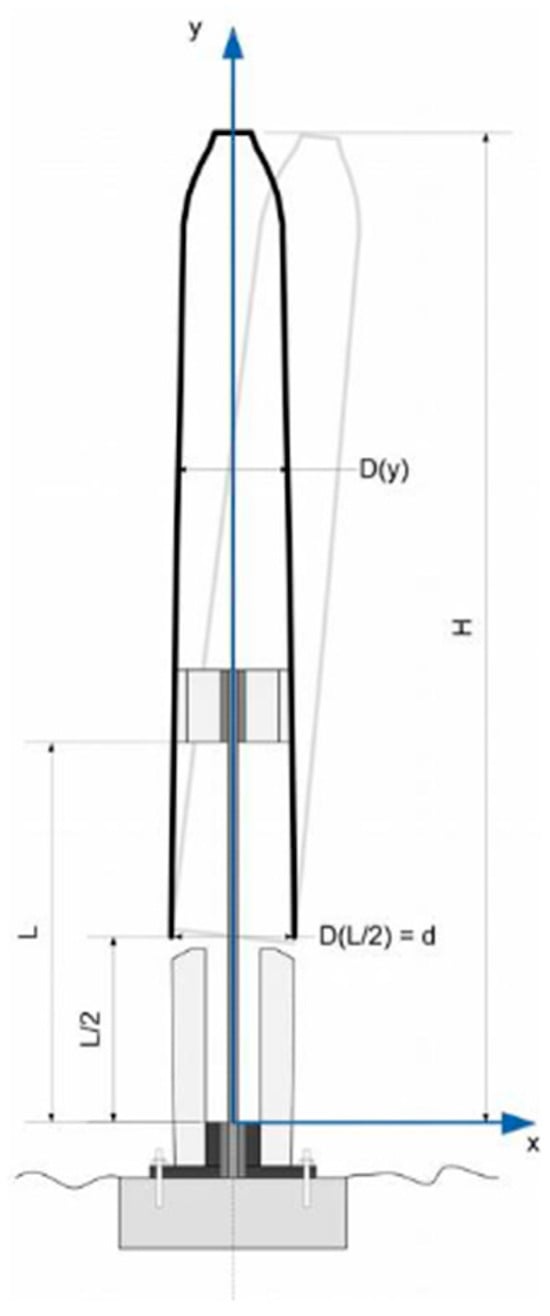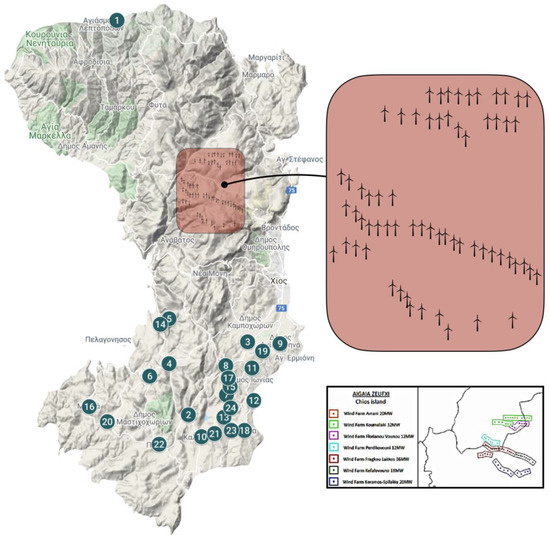Wind Energy: Current Challenges and Future Perspectives
A topical collection in Applied Sciences (ISSN 2076-3417). This collection belongs to the section "Energy Science and Technology".
Viewed by 68860Editors
Interests: climate change; buildings’ sustainability; nZEB design; renewable energies; cultural heritage preservation; buildings’ acoustics
Special Issues, Collections and Topics in MDPI journals
Interests: CFD analyses; wind energy; thermo-fluid dynamics; heat transfer; renewable energies; infrared thermography
Interests: wind energy; numerical methods for thermo-fluid dynamics; heat transfer; low-speed aerodynamics; aeroacoustics
Special Issues, Collections and Topics in MDPI journals
Topical Collection Information
Dear Colleagues,
With regard to climate change, the use of renewable energies has shown a strong increase for several years; wind energy, in particular, has represented one of the most interesting typologies, also seen in different research fields. All of the sectors related to wind energy have shown a significant development, i.e., micro, small, medium, and large wind turbine design; onshore and offshore wind farms analyses; hindcasting and forecasting energy assessment; and wind turbine noise analyses.
Despite these long years of research and realisation, there are several challenges and future developments that are characterising the present academic and industry studies, both with respect to the wind turbine design and with respect to all of the correlated aspects, starting from the energy assessment, passing trough the multi-physics interactions, the numerical simulations, and the acoustic noise emission, and so on.
Considering the interest of this theme, we are organizing a Topical Collection titled “Wind Energy: Current Challenges and Future Perspectives”, aimed at reporting the most recent finding from researchers and professional of the sector, in the scope of the following themes.
Original manuscripts covering the following broad themes are invited from researchers and agencies, namely:
- wind turbine aerodynamics
- wind turbine noise
- floating wind turbines
- numerical methods for wind turbines
- wind energy assessment.
Prof. Dr. Sergio Montelpare
Prof. Dr. Renato Ricci
Dr. Valerio D’Alessandro
Collection Editors
Manuscript Submission Information
Manuscripts should be submitted online at www.mdpi.com by registering and logging in to this website. Once you are registered, click here to go to the submission form. Manuscripts can be submitted until the deadline. All submissions that pass pre-check are peer-reviewed. Accepted papers will be published continuously in the journal (as soon as accepted) and will be listed together on the collection website. Research articles, review articles as well as short communications are invited. For planned papers, a title and short abstract (about 100 words) can be sent to the Editorial Office for announcement on this website.
Submitted manuscripts should not have been published previously, nor be under consideration for publication elsewhere (except conference proceedings papers). All manuscripts are thoroughly refereed through a single-blind peer-review process. A guide for authors and other relevant information for submission of manuscripts is available on the Instructions for Authors page. Applied Sciences is an international peer-reviewed open access semimonthly journal published by MDPI.
Please visit the Instructions for Authors page before submitting a manuscript. The Article Processing Charge (APC) for publication in this open access journal is 2400 CHF (Swiss Francs). Submitted papers should be well formatted and use good English. Authors may use MDPI's English editing service prior to publication or during author revisions.
Keywords
- wind turbine
- CFD
- aerodynamic design
- acoustic noise
- waves–structure interactions
- energy assessment
- multi-scale analyses
- wind turbine wake
- morphing blades






















